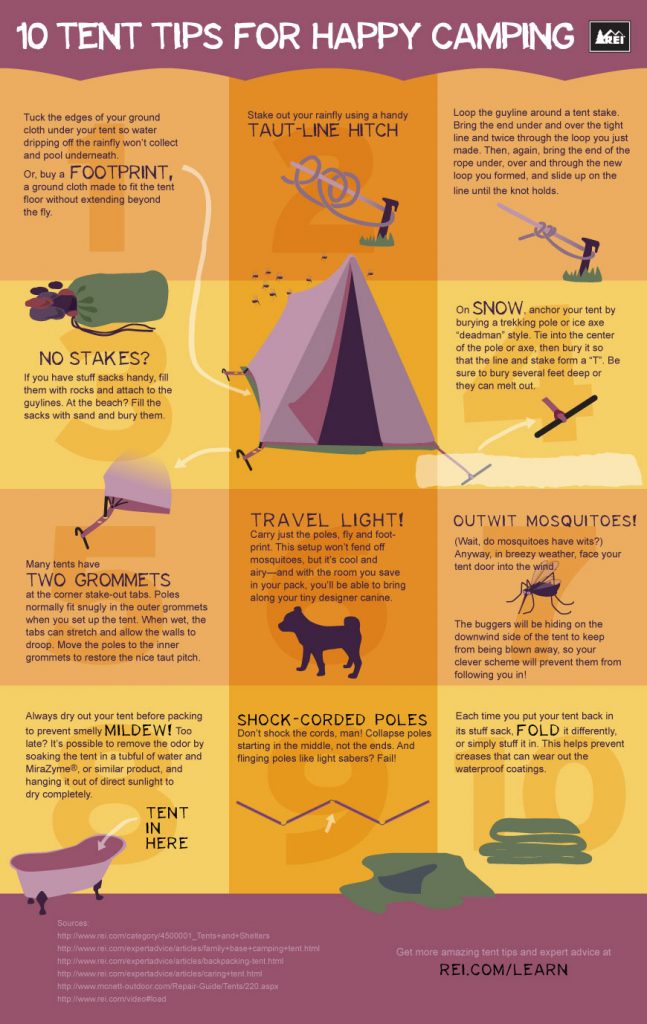If you camp on a regular basis in areas with rocks or sharp downed branches or merely dislike storing a wet, muddy camping tent, then an impact is absolutely worth thinking about. Footprints are also fairly low-cost compared to a brand-new outdoor tents.
How do I keep my tent cool?
Several outdoor tents manufacturers provide their own particular footprints, which are cut to the precise dimension of the outdoor tents floor. However, you can make one yourself with a lightweight fabric like polycryo or tyvek.
Weather
Whether you need an impact really depends on the conditions you'll be camping in. If you're backpacking in a place where the ground is typically wet (it's practically inevitable), a tent footprint can be a beneficial addition to your package, as it will avoid your tent floor from coming to be soggy.
However, if the impact is as well big it can function as a wetness catch and potentially allow water to swimming pool under your tent. This can be stayed clear of by making certain the footprint is reduced a little bit smaller than your outdoor tents on all sides.
Normally speaking, it's best to get a footprint from the very same supplier as your tent to make certain an exact fit. They also tend to be made from thicker, extra durable materials than do it yourself choices. They can be expensive for something whose sole purpose is to secure the ground underneath your camping tent, but it can be a beneficial investment if you appreciate the longevity of your equipment.
Terrain
Lots of quality camping tents can function well without a footprint, specifically those that have tub floorings made of long lasting materials. Nevertheless, the surface you hike on can have a substantial impact on exactly how promptly your camping tent flooring wears out. Granite pieces, sandstone and various other rugged surface areas wear with all-time low of your tent quicker than verdant fields or forest floorings.
An impact or ground cloth helps prolong the life of your outdoor tents by serving as an obstacle in between the ground and the sewn-in groundsheet of your tent, states REI elderly sales professional Elizabeth Nguyen. It also secures the outdoor tents from abrasive aspects like sharp branches and rugged rocks that could pierce or tear the sewn-in flooring. When picking a footprint for your outdoor tents, it's important to ensure it's somewhat smaller sized than the camping tent on all sides. This stops water from merging between the camping tent and impact throughout a rainstorm, which can seep into your tent. The very best choice for an impact is to acquire one designed for your certain outdoor tents, which will ensure a tight fit.
Camping Tents with Reduced Deniers and Water-proof Ratings
Whether you're an informal backpacker or a hardcore traveler, the resilience degree of your camping tent is a crucial factor to consider. Camping tents developed in tents to be ultralight, verging on minimal, frequently trade off some level of resilience in the textile and materials used.
One fabric spec you'll experience is denier, which describes the weight in grams of a 9,000-meter size of yarn that comprises the tent's canopy, rainfly, and/or floor. A greater denier spec signifies much more tough fabrics, while reduced numbers suggest lighter and much less resilient textiles.
Other specs to take a look at consist of flooring measurements, vestibule dimension, and indoor pockets. The previous mirrors the overall square-footage that can be used for habitable area, while the latter can play a role in storage by supplying a location to stow away equipment overnight and in bad weather condition. Ventilation is likewise a vital variable; as you breathe out dampness throughout rest, it requires to get away, or condensation might accumulate within. Features such as mesh home windows and panels and flexible rainfly doors assist boost ventilation and avoid this from occurring.
The Cost
The cost of a tent can influence its efficiency, and it is additionally crucial to think about how much you can afford to invest. Backpackers looking for a light-weight shelter should aim for an outdoor tents with a livability score of a minimum of two stars, and when possible, 3 or more.
Livability describes exactly how roomy a camping tent feels, with headroom and flooring measurements playing a huge role. Historically, backpacking tents made use of outstanding sloped wall surfaces and marginal room to conserve weight, however contemporary materials permit developers to supply more comfort while maintaining weight reduced.
Storage is another variable to think about, with vestibules and a quick-pitching style helping reduce setup time. Additionally, the sort of material covering and how the outdoor tents is kept can affect long life. As an example, a PU finishing that breaks down more quickly when damp, or goes through repeated cycles of stowing and un-stowing, can dramatically reduce the life-span of a tent. Likewise, using a customized footprint rather than stuffing a tent in a haphazard fashion will certainly additionally expand its life expectancy.
What is real camping?
